Imagine starting your day by stepping outside, inhaling the crisp morning air, and picking fresh, dew-kissed lettuce leaves right from your own container garden. The satisfaction of growing your own food is unmatched, and the taste? It’s fresher, crisper, and richer than anything store-bought.
Whether you’re a seasoned gardener or someone who has never touched a trowel before, creating a lettuce container garden is an accessible and rewarding project. With a bit of planning, the right tools, and some care, you can enjoy homegrown lettuce no matter how much space you have.
In this detailed guide, I’ll walk you through every step—from choosing the right lettuce variety to troubleshooting common gardening problems. By the end, you’ll be well on your way to harvesting your first batch of fresh greens.
Table of Contents
Why Start a Lettuce Container Garden?
You may be wondering: why grow lettuce in containers? Isn’t it easier to just buy lettuce at the store? While convenient, store-bought greens often lack the flavor, freshness, and nutritional value of homegrown lettuce. Here are the top reasons to start your own container garden:
1. Unmatched Freshness and Flavor
Homegrown lettuce offers a flavor profile that supermarket varieties simply can’t replicate. The greens are sweeter, crisper, and free from the preservatives often used in commercial farming. Harvesting right before a meal ensures peak freshness.
2. Control Over What You Grow
When you grow your own lettuce, you control the entire process. You choose the seeds, the soil, and whether or not to use fertilizers or pesticides. This ensures your lettuce is organic and free from harmful chemicals.
3. Space Efficiency
Don’t have a backyard? No problem! Lettuce thrives in containers, making it an excellent choice for people living in apartments or homes with limited outdoor space. Even a sunny windowsill can support a thriving lettuce plant.
4. Cost Savings
A single packet of lettuce seeds costs just a few dollars and can yield multiple harvests over time. Compare that to the price of buying fresh lettuce weekly, and you’ll quickly see how much you can save.
5. Eco-Friendly and Sustainable
Growing your own food reduces your reliance on store-bought produce, cutting down on packaging waste and the carbon footprint associated with transporting vegetables.
What You’ll Need to Get Started
Starting a lettuce container garden requires a few basic supplies. Let’s break them down step by step:
Selecting the Right Lettuce Variety
Not all lettuce varieties are ideal for container gardening. To ensure success, choose varieties that grow quickly and don’t require deep root systems. Here are some popular options:
- Loose-Leaf Lettuce: This variety grows in clusters rather than forming a head, making it ideal for small spaces. Examples include Salad Bowl and Oakleaf.
- Butterhead Lettuce: Known for its soft, tender leaves, Butterhead lettuce (e.g., Boston or Bibb) is compact and thrives in containers.
- Romaine Lettuce: This upright-growing variety is perfect for containers as it requires less horizontal space. Romaine is also a favorite for its crunchy texture.
- Cut-and-Come-Again Varieties: These lettuces allow you to harvest outer leaves while the plant continues to grow, providing multiple harvests from a single planting.
Choosing the Perfect Container
The container you choose plays a crucial role in your lettuce garden’s success. Here’s what to consider:
- Size and Depth: Your container should be at least 6–8 inches deep to allow room for lettuce roots to grow. The diameter depends on how many plants you want to grow—smaller containers are great for single plants, while larger ones can accommodate several.
- Drainage: Proper drainage is essential. Containers without drainage holes can lead to waterlogged soil, which is detrimental to lettuce roots. If your container lacks holes, drill some yourself.
- Material: While plastic containers are lightweight and retain moisture well, terracotta pots offer better air circulation. It’s important to remember that terracotta pots allow moisture to evaporate more rapidly than other materials.
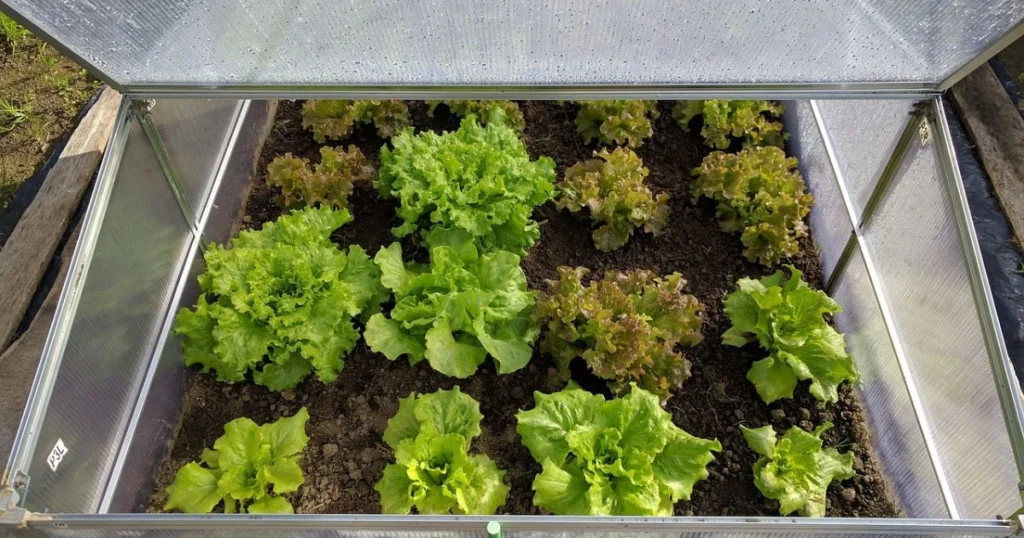
Soil and Fertilizer Basics
Lettuce requires nutrient-rich soil to grow successfully.To prevent waterlogging and root suffocation, avoid using heavy garden soil in containers. Instead, opt for:
- Potting Mix: Choose a mix designed for container plants, as it is lighter and better draining.
- Compost: Incorporate organic compost to add nutrients. In addition to providing essential nutrients, compost helps to improve soil structure, making it more porous and better able to retain moisture.
- Fertilizer: Lettuce is a light feeder but benefits from balanced fertilizers (e.g., 10-10-10 NPK). Apply sparingly to avoid over-fertilization, which can lead to bitter-tasting leaves.
Step-by-Step Guide to Planting Lettuce in Containers
Here’s the heart of the process—planting your lettuce and setting the foundation for a successful harvest.
Step 1: Preparing the Container
- Start by cleaning your container, especially if it’s been used before. Accumulated dirt and residue on plants can provide a breeding ground for pests and diseases, compromising plant health.
- Add a layer of small stones or gravel at the bottom of the container to improve drainage.
- Fill the container with potting mix, leaving about 1–2 inches of space from the rim.
Step 2: Planting Lettuce Seeds or Seedlings
- Planting Seeds:
- Sow seeds 1/4 inch deep, spacing them 4–6 inches apart.
- Cover lightly with soil and water gently to settle them in.
- Planting Seedlings:
- Dig small holes slightly larger than the seedling’s root ball.
- Place the seedlings in the holes, ensuring the base of the plant is level with the soil surface.
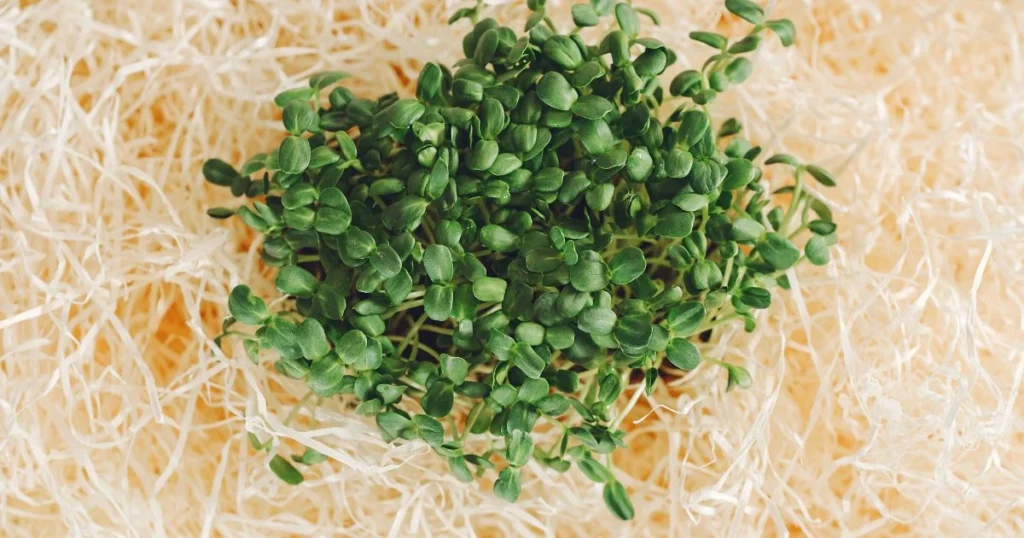
Step 3: Watering
Water thoroughly after planting but avoid overwatering. Lettuce likes moist soil but doesn’t tolerate sogginess. Monitor the soil moisture and water your plants whenever the top inch of soil feels dry to the touch.
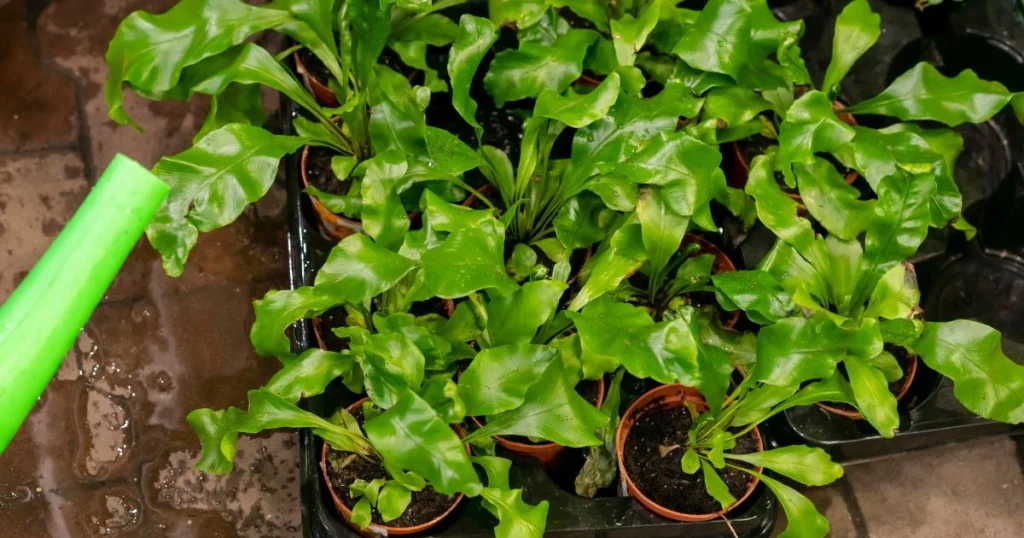
Step 4: Providing Light and Temperature
Lettuce grows best in temperatures between 45°F and 75°F and requires 6-8 hours of daily sunlight. If you live in a hotter climate, provide some shade during the peak afternoon hours to prevent wilting.
Caring for Your Lettuce Container Garden
Proper maintenance ensures your lettuce stays healthy and productive.
1. Mulching
A thin layer of mulch (e.g., shredded leaves or straw) helps retain soil moisture, especially in warmer climates.
2. Pest Management
Even in containers, pests can become a problem.
- Aphids: These small, sap-sucking insects can be removed by spraying the plants with water or applying neem oil.
- Slugs: Create a barrier with diatomaceous earth or use beer traps to lure and eliminate slugs.
- Powdery Mildew: Avoid overcrowding plants and water at the base to reduce humidity.
3. Fertilization
Feed your lettuce every 2–3 weeks with a diluted liquid fertilizer or compost tea. Avoid over-fertilizing, as it can make leaves taste bitter.
Creative Ways to Use Freshly Grown Lettuce
You’ve done the hard work—now it’s time to enjoy the fruits (or rather, leaves) of your labor.
Salad Ideas
A crisp salad is the most obvious way to enjoy fresh lettuce, but you can elevate it with creative toppings.
| Ingredient | Quantity |
| Fresh lettuce leaves | 4 cups |
| Grilled chicken strips | 1 cup |
| Sliced avocado | 1 medium |
| Lemon vinaigrette | To taste |
Lettuce Wraps
Large lettuce leaves make a great low-carb alternative to bread or tortillas. Fill them with ground turkey, diced vegetables, and a drizzle of your favorite sauce for a quick, healthy meal.
Smoothie Greens
Add a handful of lettuce to your morning smoothie for an extra nutrient boost. Its mild flavor blends well with fruits like bananas and mangoes.
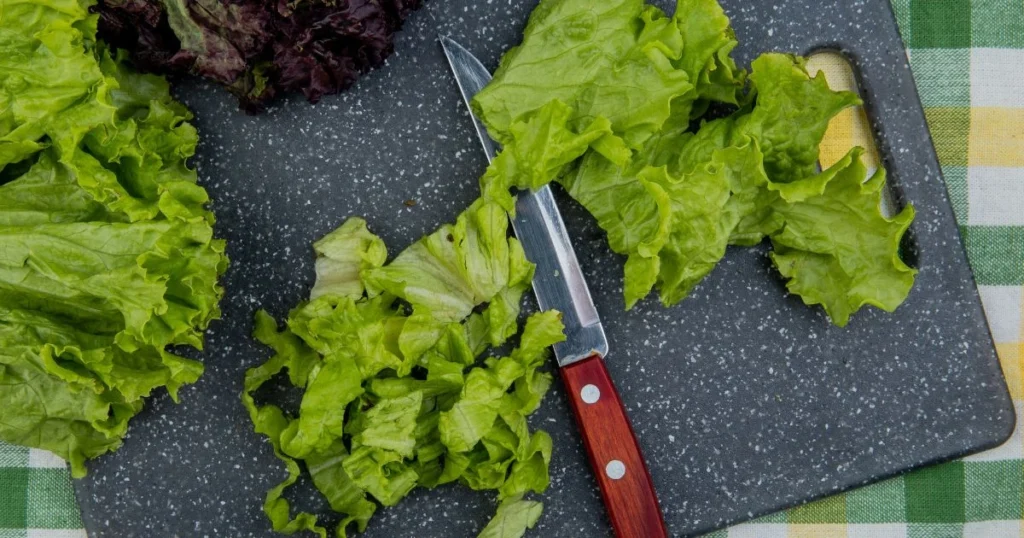
Frequently Asked Questions (FAQs)
How much sunlight does a lettuce container garden need?
Lettuce needs 6–8 hours of sunlight daily. In hotter climates, partial shade can help protect your plants during the peak afternoon heat.
How often should I water my lettuce plants?
Monitor the soil moisture and water your lettuce plants whenever the top inch of soil feels dry to the touch. Regular watering is essential, as lettuce has shallow roots that dry out quickly.
Can I grow lettuce indoors?
Yes! Lettuce is one of the most straightforward vegetables to cultivate indoors. Use a sunny windowsill or grow lights to provide the necessary light.
When should I start planting lettuce?
Lettuce grows best in cool weather, so plant it in early spring or fall. In regions with mild climates, this plant can be cultivated throughout the year.
Conclusion
Starting a lettuce container garden is a fantastic way to enjoy fresh, flavorful greens while embracing a sustainable and rewarding hobby. It’s easy, cost-effective, and perfect for any space. By following these steps and tips, you’ll soon be enjoying your first harvest of crisp, homegrown lettuce.
Why wait? Start your garden today and share your journey with others. If you have questions or tips of your own, leave them in the comments below. Let’s grow something amazing together!
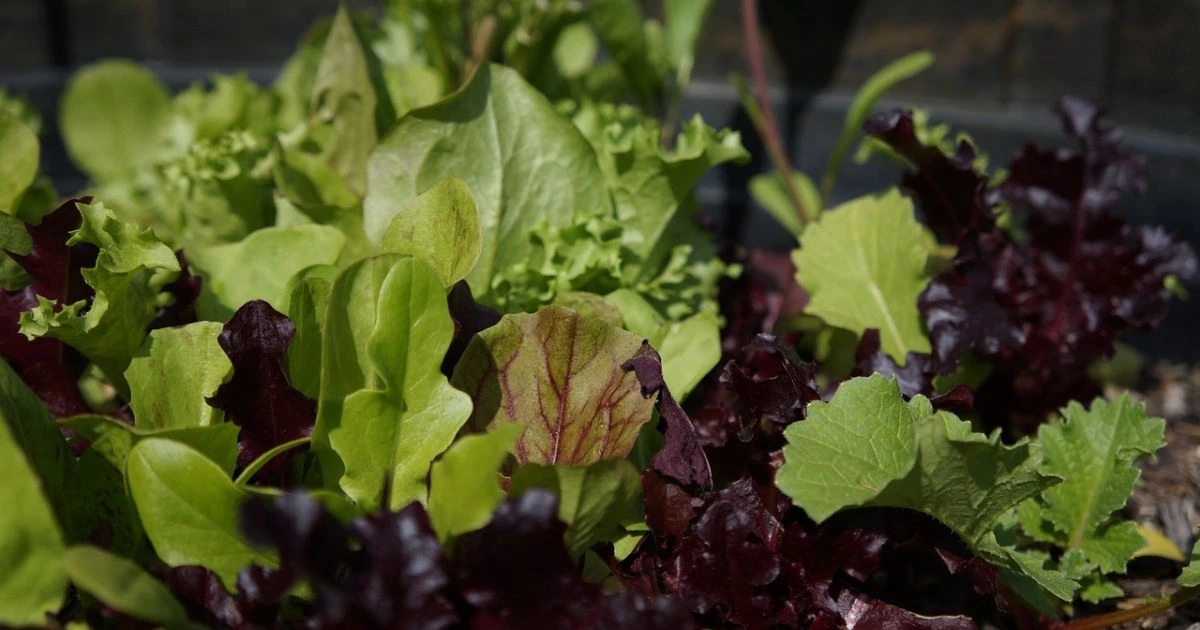
1 thought on “How to Start a Lettuce Container Garden: A Step-by-Step Guide”